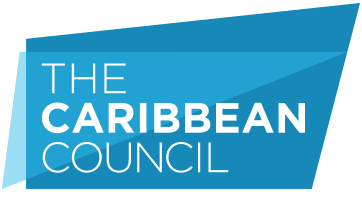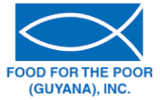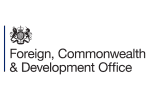Photo by Florian Wehde
24th January 2022
Cuba’s Minister of Tourism, Juan Carlos García, has said that Cuba hopes to receive annually over 6mn visitors by 2030.
Speaking to Spanish businesspeople on 19 January prior to Fitur 2022, Madrid’s international tourism fair, García said that by 2030 the country expects to have a hotel capacity of 95,000 rooms with many created through joint ventures with foreign capital.
To reach the planned arrival of over 6mn visitors by then, he said that government intends over the same period to increase real estate associated with golf courses and marinas and developing further, tourism poles in Cienfuegos, Artemisa, Pinar del Río, Holguín, Varadero, Matanzas and Havana. Observing the opportunity Cuba’s tourism plans offered to Spanish investors, García noted that some 62% of joint ventures on the island, 62% are already of Spanish origin
Speaking a day later to the media, García noted that Cuba intends providing the highest quality experience to post-pandemic tourists, aware that future travellers will be “more demanding, more familiar and more serious”. To this end, he said, his ministry had developed a new post-coronavirus profile of visitors to the country and was optimistic about the recovery of tourism nationally and globally in the 2022-2023 period.
Looking ahead, García noted that Cuba continues to remodel its hotel properties and visitor facilities to diversify its tourism product. In 2022, he said, there will be about 4,000 new hotel beds and that rapidly increasing air frequencies from Europe meant that a fall in air fares was likely.
García said that government had used the down time of the pandemic to improve internet connectivity in four- and five-star hotels and at airports. It has also digitised entry documentation allowing travellers to complete health and immigration requirements online to enable access through a QR code.
Acknowledging that Cuba needed “to learn to be better communicators”, he told the media “We want to convey that there is an offer beyond the sun and the beach”. In doing so he noted that Cuba has nine UNESCO World Heritage Sites, fourteen national parks and six biosphere reserves, among other natural and cultural attractions.
In his presentation, García highlighted the fact that during the pandemic the Caribbean region had remained a tourism leader in Latin America, experiencing a 55% increase in tourist activity in 2021 over 2020, while maintaining as an objective, full recovery to 2019 levels of arrivals.
He recognised however that the process may be slower than hoped for and uneven, due to the variable rates of vaccination in visitor source markets. Despite this he was optimistic about being able to sustain arrivals numbers as Cuba’s two principal markets, Canada, and Russia, had introduced new measures against the omicron variant.
Speaking about Cuba’s own situation, Garcia stressed that 93% of the Cuban population was fully vaccinated and when it opened its borders on 15 November had recognised the vaccines developed by all countries, “without discrimination”. In addition, he said, medical offices in hotels now had an epidemiologist to ensure that tourists and workers are treated daily. He noted also that the same medical provisions and inspections apply to visitors who stay in Cuba’s 25,000 private tourist facilities (casas particulares).
In December, García said that Cuba expects 2.5mn visitors in 2022 and that the main challenge the sector faces is to restore consumer confidence and promote destination Cuba in a manner that customers recognise as providing health security.
The Caribbean Council is able to provide further detail about all of the stories in Cuba Briefing. If you would like a more detailed insight into any of the content of today’s issue, please get in touch.





